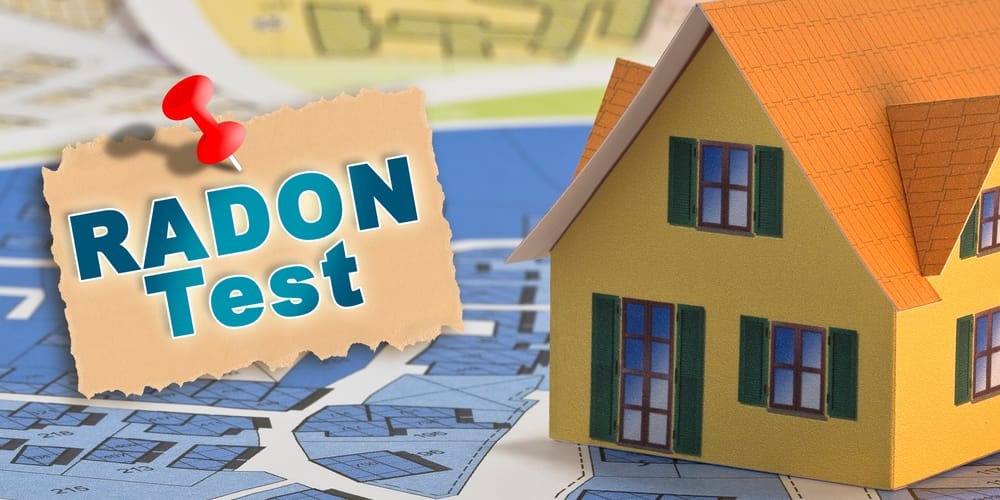There are several pieces of a home inspection from Aerolite Consulting that are highly valuable for homeowners, and one such element is the detection of certain gasses or chemical compounds that are not visible to the basic human eye. A great example here is radon gas, an odorless and colorless gas that generally can’t be found without professional testing services.
Radon gas is a potentially dangerous air contaminant if found in high enough levels, but too few Utah homeowners realize that their radon levels are significantly higher than recommended Environmental Protection Agency levels. Today’s blog will go over the basics and health risks associated with radon, how it enters your home, and how we can test for its levels and get to work with radon mitigation services.
Radon Basics and Health Risks
As we noted, radon is both colorless and without odor – and it’s also radioactive, a poor combination when it’s around humans. It develops based on a natural breakdown of uranium, which in turn infuses into air and can spread into numerous areas.
If humans breathe too large quantities of radon gas, there can be several notable physical and health risks as a result. A major risk is lung cancer, which is significantly raised in young children who happen to breathe in too much radon. In fact, radon is the second-leading cause of lung cancer in the United States.
How Radon Enters Your Home
Radon generally enters the home by moving through the ground the structure sits on, then infusing itself into the air above or inside your home via various cracks or openings in your foundation. In homes that use water wells for their water supply, radon also may enter through the well.
It’s important to note that radon isn’t a concern confined to older homes, like certain other contaminants. Rather, it can affect both new and old homes, and both those with and without basements. If radon is present in the ground, it can impact any building type whatsoever.
Radon Levels
Ideally, radon levels in all the air you breathe would be zero – but unfortunately this isn’t the case. Generally, outdoor radon levels in the United States range from 0.02 picocuries per liter (pCi/L) up to 0.75 pCi/L, with an average of 0.40. The average level within homes is 1.25. All of these are well blow the EPA’s 4 pCi/L limit.
However, roughly one in every 15 US homes has a level above this limit, meaning the home is more radioactive than 94 percent of other US homes. If this is the case, it’s vital to begin with radon remediation right away.
Multiple Test Formats
At Aerolite Consulting, we have two testing formats: A short-term test that takes 48 hours, and a long-term test that lasts three months. Both involve home occupants remaining in the home. If our final evaluation reveals numbers higher than the EPA’s recommended limit, we can work with you on vital remediation services as well.
For more on radon gas and why limiting it in your home is vital, or to learn about any of our mold, asbestos, meth or lead testing or other home inspection services, speak to the staff at Aerolite Consulting today.





